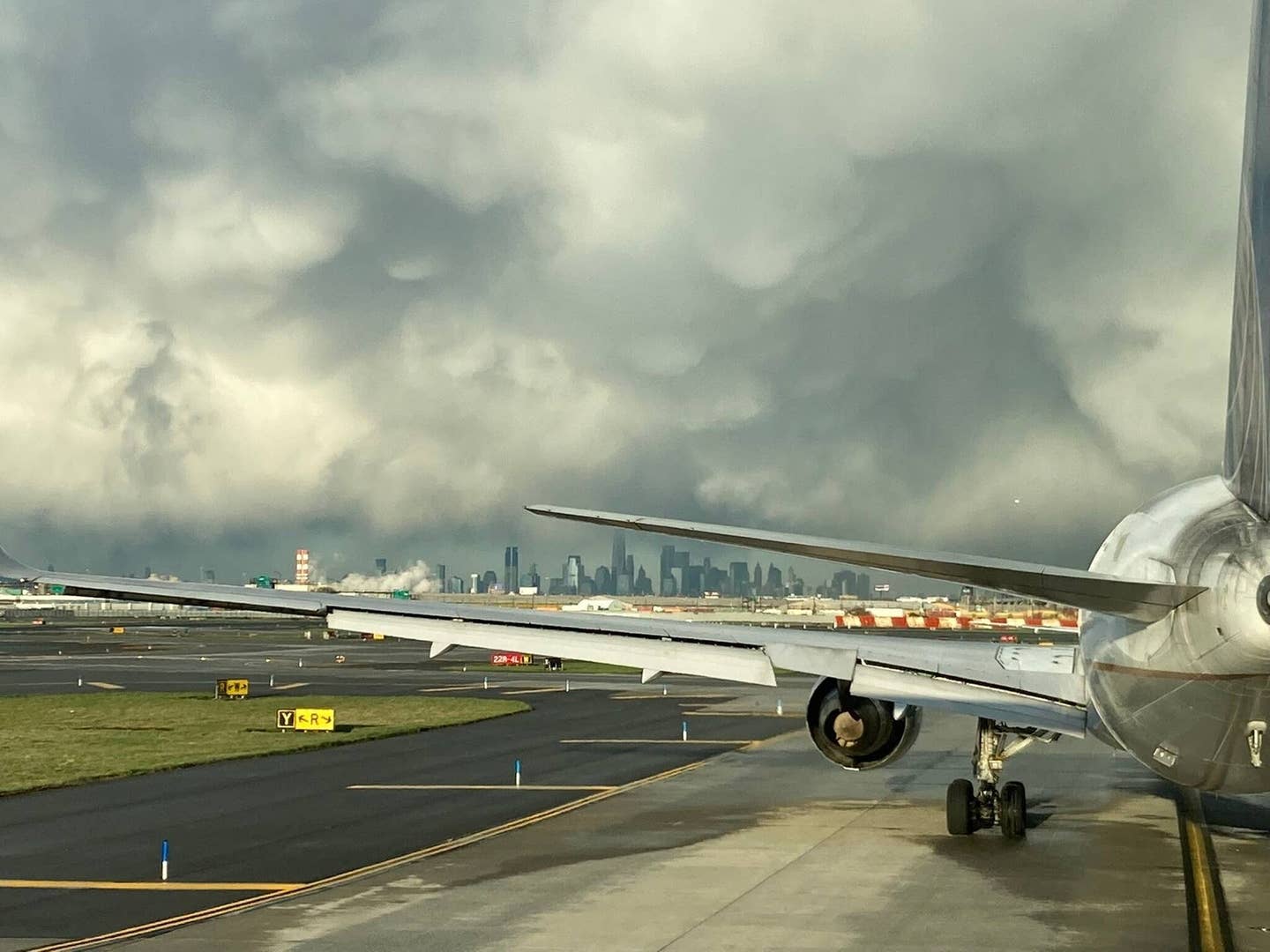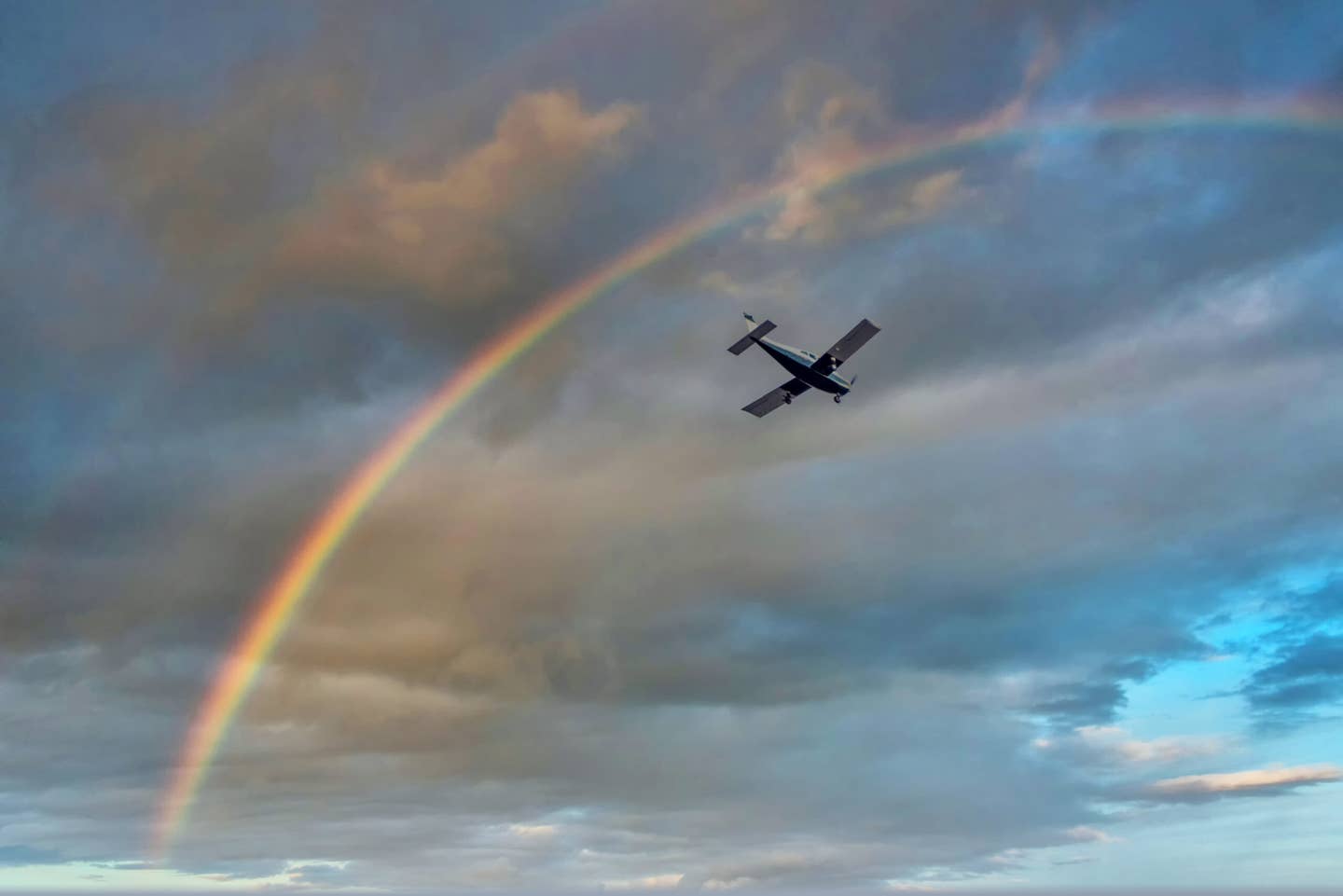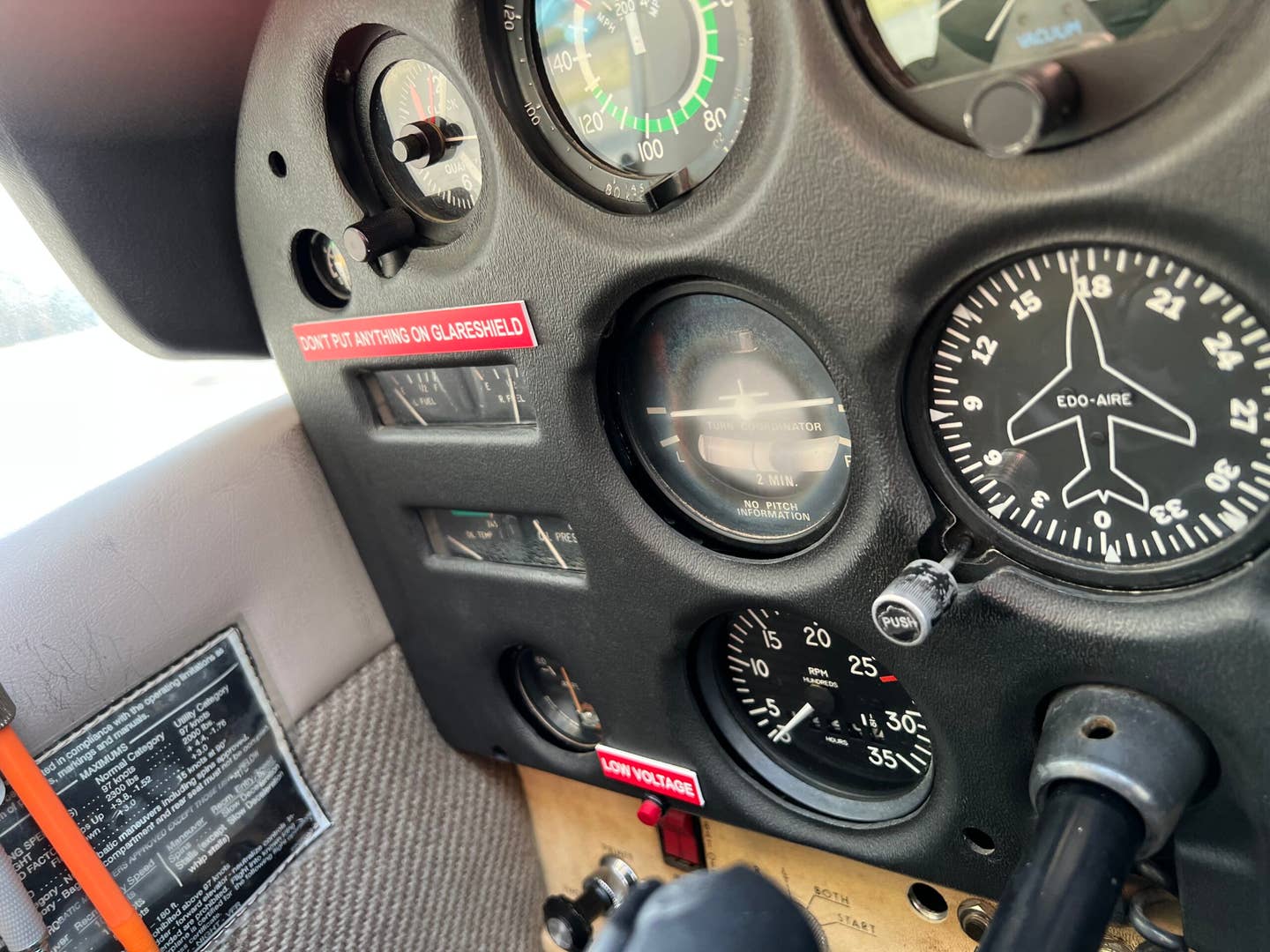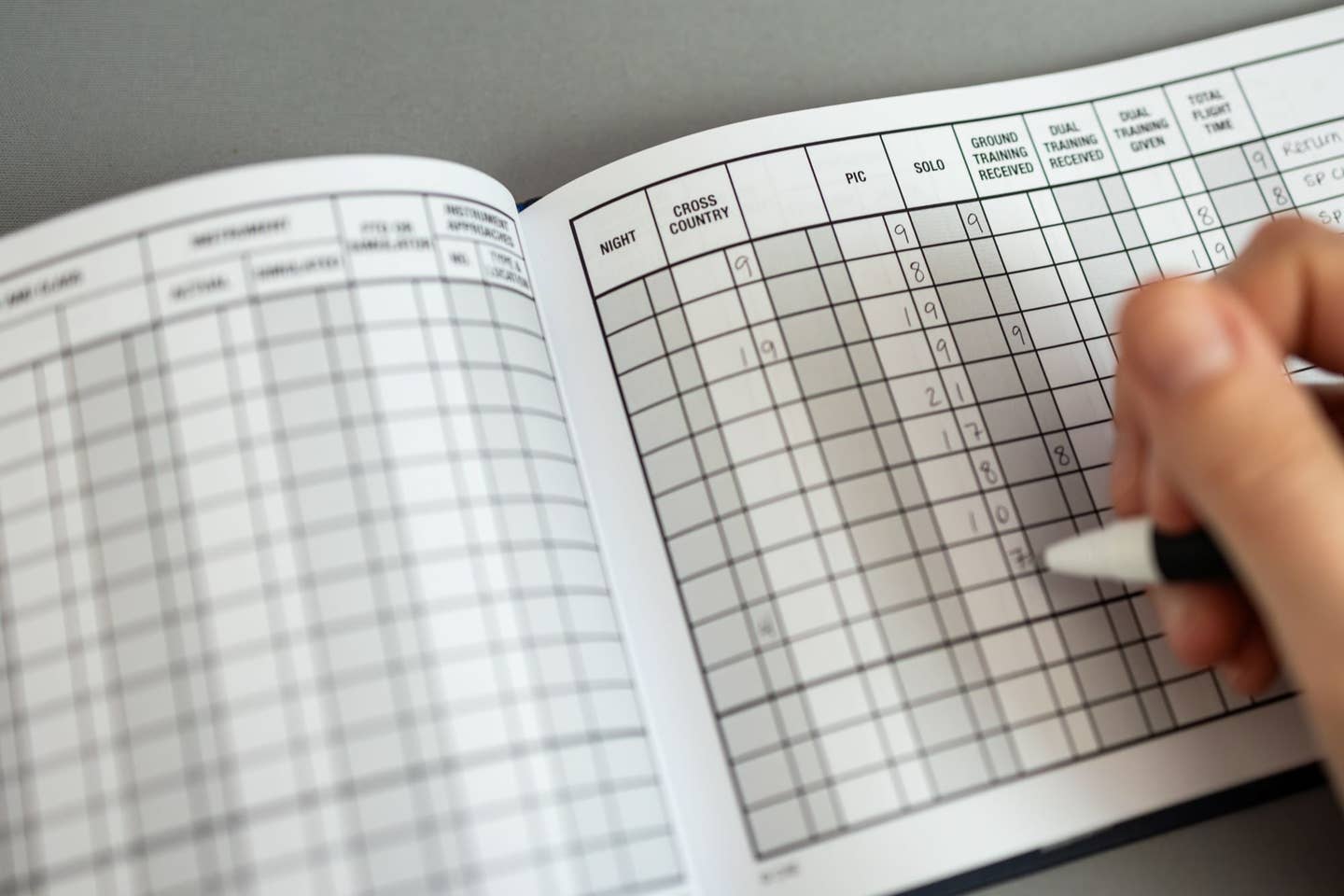
You might have missed it, but the French accident investigation branch, the Bureau d'Enquêtes et d'Analyses, has formally recommended that mandatory "triggered data streaming technology" be installed aboard airliners. The recommendation is contained in the latest BEA accident report investigating the loss of the Air France Flight 447, a document that outlines 10 new safety recommendations, including improved pilot stall-awareness training, the inclusion of cockpit cameras, and adding angle-of-attack readouts in the cockpit.
But it’s the call for mandatory data streaming technology that is sure to raise the biggest objections with airlines, who will have to pay for it. Specifically the BEA recommends: “…that EASA and ICAO make mandatory as quickly as possible, for airplanes making public transport flights with passengers over maritime or remote areas, triggering of data transmission to facilitate localization as soon as an emergency situation is detected on board.”
That the BAE’s report includes a recommendation for the International Civil Aviation Organization and the European Aviation Safety Agency to require triggered transmission of black box data from aircraft isn’t surprising. Now that the BAE has formally proposed the idea, it will be up to ICAO and EASA to decide whether and how to implement to mandate. It won’t be easy.
There are some obvious and fairly complex technological questions that must be addressed – but still, equipment makers and the companies that control satellite transmission of data are enthusiastic supporters of the concept. Again, that's not surprising, since they’ll reap the financial rewards of any such a mandate.
But let’s focus for a moment on the technological side of the argument. During the two-year investigation of the Air France tragedy, AeroMechanical Services, a Calgary, Alberta, maker of automatic flight information reporting system equipment, participated in the BEA’s data recovery and triggered data transmission working groups. The company has demonstrated an “on-demand triggered data streaming technology” called FLYHTStream that can automatically transmit the exact position of an aircraft and key black box data in real time, with a minimum of fuss.
AeroMechanical Services has been testing FLYHTStream aboard a Hawker 750 for several months with promising results as data was broadcast over the Iridium satellite network to ground networks. The company’s so-called AFIRS 228 standard will soon become “a fully certified avionics platform capable of meeting all air navigation requirements for CPDLC in Europe and Future Air Navigation System in the United States, providing all input and outputs necessary to continue to enhance the value of real-time data in flight.”
The cost of equipping airliners with such a technology, of course, will be steep. But if such capabilities are built in to CPDLC an FANS equipment that airliners will soon need anyway, the cost impact would be somewhat mitigated. At least that’s the theory.
So apparently the technological hurdles of beaming black box data from airplanes by satellite aren’t as great as was first supposed, even though the cost implications remain. Nevermind that intsances where an airliner crashes and the black boxes are never recovered is exceedingly rare (it's happened only once). The big question, of course, is just because we can send real-time flight data from commercial aircraft, should we force airlines to do so?

Sign-up for newsletters & special offers!
Get the latest FLYING stories & special offers delivered directly to your inbox






